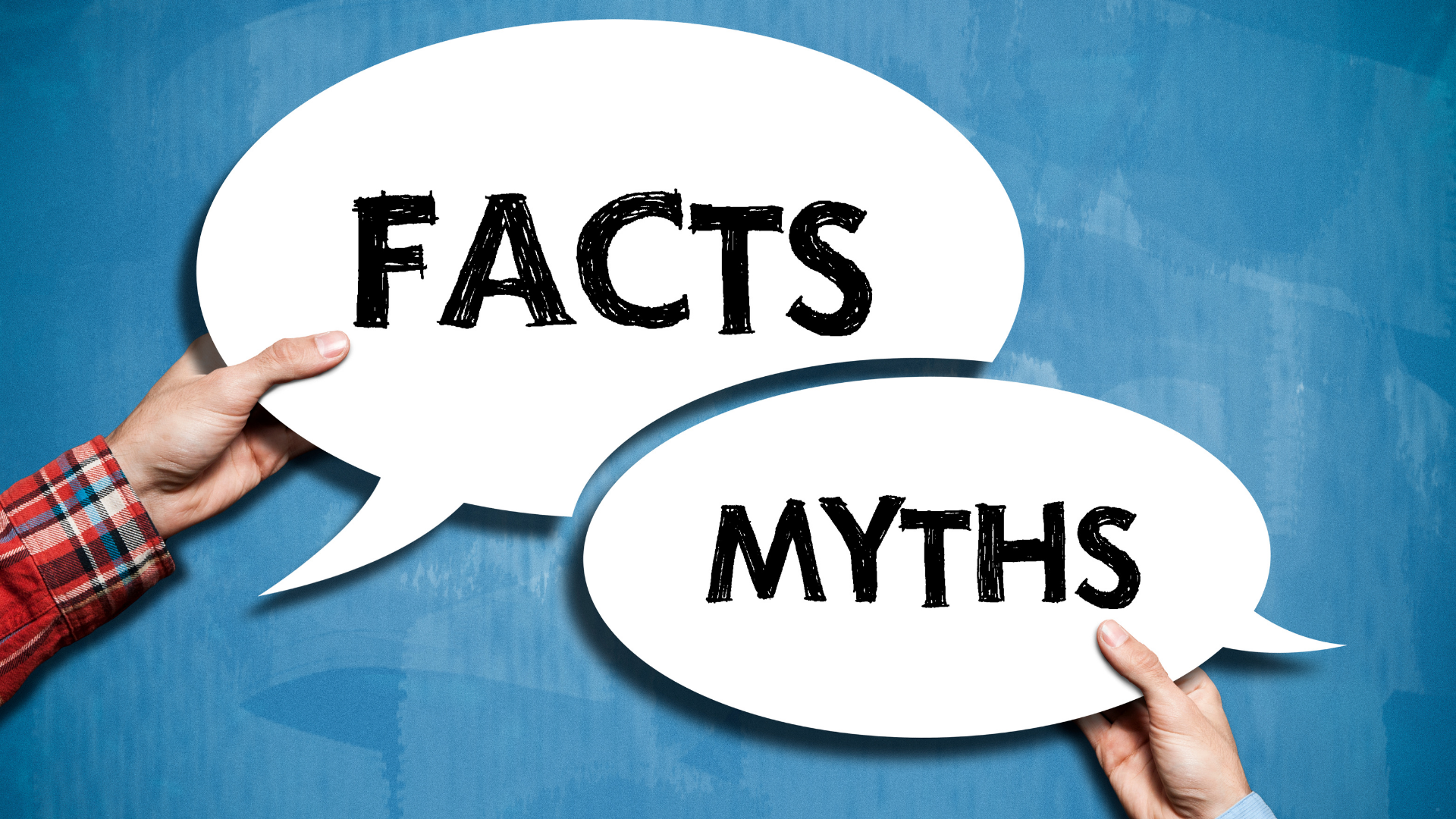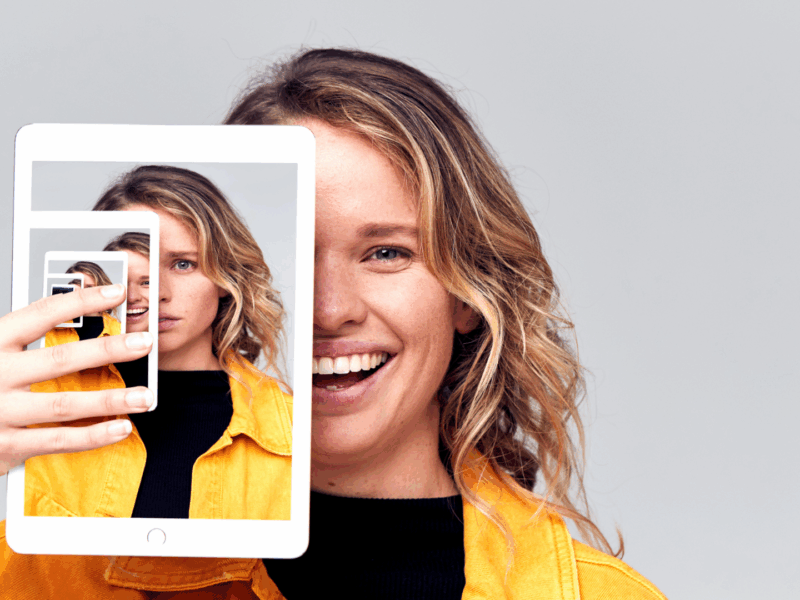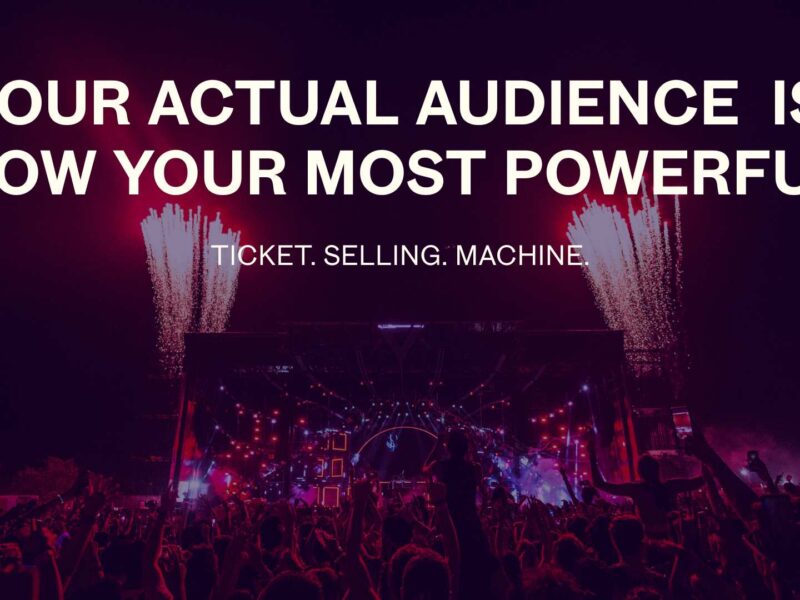Digital program books are quickly gaining popularity in the performing arts, offering organizations a flexible, interactive, and cost-effective way to connect with audiences. But despite their benefits, there are still some common myths that prevent many from making the switch from traditional print. These misconceptions can hold organizations back from fully realizing the potential of digital programs, especially when it comes to engaging patrons and enhancing the audience experience.
Let’s dive into five of the biggest misconceptions about digital program books and why they’re simply not true. By the end, you’ll see how digital programs can bring new value to your organization, your marketing, and, most importantly, your audience.
1. “Digital Programs Don’t Engage Audiences Like Print Does”
The Myth: There’s a belief that digital program books lack the personal touch and tangibility of printed programs, leading to less audience engagement.
The Reality: Digital programs offer a different level of engagement by giving patrons access to interactive features that print just can’t provide. Imagine being able to include video previews, clickable artist bios, real-time updates, and even social media links within your program book. Digital programs turn passive reading into active exploration, allowing patrons to engage with the content at their own pace, all from their mobile devices.
Why It Works: With digital, you can create a more dynamic experience. Patrons can access extra content, like backstage interviews or performance trailers, simply by clicking a link. This kind of interactivity helps them feel more connected to the performance and your organization.
2. “Digital Programs Are Too Complicated for Patrons to Use”
The Myth: Some organizations worry that digital programs may be intimidating or difficult for patrons who aren’t as tech-savvy.
The Reality: A well-designed digital program is straightforward and user-friendly, with no app downloads or complex navigation required. Platforms like Audience Access allow you to send a simple link by text or email that opens directly to the program. Patrons can access everything they need instantly, no tech skills required.
Why It Works: Text message and email links are familiar, low-barrier methods that almost everyone is comfortable with. And because digital programs are mobile-first, they’re optimized to be readable and easy to navigate on any device, making it easy for all patrons to enjoy.
3. “Only Young Audiences Use Digital Programs”
The Myth: There’s a misconception that digital programs only appeal to younger, tech-savvy patrons, while older audiences prefer the traditional feel of printed programs.
The Reality: Digital programs are actually more universally accepted than you might think. Many patrons across different age groups appreciate the convenience, readability, and flexibility of digital formats. Older patrons, for example, often find it easier to read large, adjustable text on their mobile devices than in print programs. Plus, digital programs are available anywhere—whether patrons are reading them from home before the event or on their phone during intermission.
Why It Works: When a digital program is designed to be accessible, mobile-friendly, and easy to navigate, patrons of all ages are more than willing to use it. In fact, once patrons try digital programs, many prefer the convenience and added features they offer over traditional print.
4. “Digital Programs Don’t Provide Valuable Data”
The Myth: Some think digital programs are just static replacements for print, offering little to no insight into audience behavior.
The Reality: One of the biggest advantages of digital programs is the wealth of data they provide. With a digital program platform like Audience Access, you can see which sections of your program are most popular, what content is capturing attention, and even which calls-to-action are most effective. These insights can be game-changing, allowing you to better understand your audience, refine your marketing efforts, and make data-driven programming decisions.
Why It Works: Tracking audience engagement is a powerful tool. For example, if you find that a high percentage of patrons are clicking on links to artist bios, you can emphasize artist profiles in future programs. The data collected gives you valuable feedback to continually improve your audience experience and marketing strategy.
5. “Digital Programs Are Expensive and Time-Consuming to Implement”
The Myth: Some organizations fear that going digital requires significant investment and effort, especially for smaller, nonprofit arts groups with limited budgets.
The Reality: Digital programs are actually designed to be cost-effective and time-saving. Unlike printed programs, digital versions eliminate most printing and distribution costs, and they can be set up quickly compared to the long production process of print. Additionally, digital programs allow you to gradually reduce print costs by offsetting content into digital formats—for example, by shifting certain sections or content to the digital program while reducing print pages and quantities over time.
Why It Works: By strategically moving some content to digital, you can significantly reduce the amount of print materials without sacrificing audience experience. This cost-saving approach enables you to cut down on print expenses gradually, helping your organization manage budgets while adapting to a digital-first strategy. Platforms like Audience Access also come with built-in features for ticket sales, data tracking, and real-time updates, so your team can easily manage digital content, engagement, and analytics all in one place.
Conclusion
Transitioning to digital program books opens a world of opportunities for performing arts organizations—from enhanced audience engagement to valuable data insights and cost savings. By dispelling these common misconceptions, you can see how digital programs provide a versatile, audience-friendly alternative to traditional print.
Ready to experience the benefits firsthand? Sign up for Audience Access’s free community version today to see for yourself why it’s the #1 digital program for the performing arts. Our platform makes the transition seamless and helps you create an engaging, data-driven experience your patrons will love.


